Salesforce just gifted us with their Summer 2021 Release Notes, and our team is— to say the least, ecstatic. With so many new Pardot updates, users and administrators can now optimize their workflow, prevent tedious nuances in dynamic content, and make better data-driven decisions.
If you’ve been itching for better ways to organize your data, get the most out of your email sends, and have more control over your instance, we’re excited to show you how you can do just that with our top choices for exciting features to boost your marketing capabilities through Pardot and the Salesforce platform.
Pardot Release Highlights
#1: Einstein’s Key Account Identification
If you’ve been looking for a more accurate way of identifying who your best possible customers are, look no further. The ultimate visibility is within Einstein’s Key Account Identification— Salesforce handles all the dirty work of scrubbing data and spending hours making sense of attributions to show you which prospects are more likely to generate the most revenue.
- Similar to Pardot grading, Einstein’s Account Tier uses letters to rank your accounts. And unlike Pardot grading, this ranking adjusts itself automatically. No longer will you rely on the decisions of individuals to set the rules, but rather you can make more informed decisions on how to convert the prospects this grading system presents to you.
- With accounts generating so much data, it can be tedious to identify the most impactful trends in each account. In this game-changing release, Einstein will show you how certain accounts stack up against others using their industry and historical engagement.
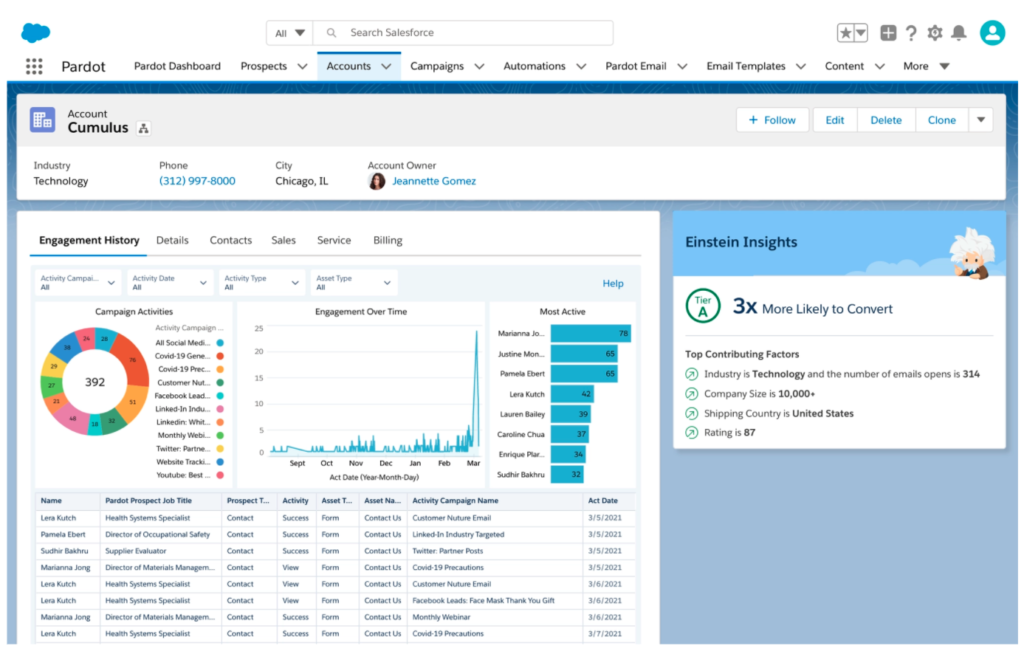
#2: Send List Email Your Way (Pilot)
There’s (probably) nothing worse than getting a disingenuous email that looks like all the other sales pitches your prospects receive. If your sales reps expressed frustration in their limited capability of sending list emails exclusively through Salesforce, this release is for them. Now, they have the ability to send from Outlook or Gmail, giving them more control over their workflow.
- Emails sent to qualified leads will look more authentic, like they came directly from a sales rep instead of a system.
- Due to the more authentic look, we expect to see higher delivery, open, and click-through rates
One thing we encourage teams to keep an eye on is how it will impact reporting and governance controls at an early stage, so if you participate, advocate for what you would like to see on these grounds.

#3: Score Lead Segments Separately for More Accurate Results
If the leads your business works with are vastly different from each other, this new way of tracking conversion patterns could greatly improve your scoring. With enough data, Einstein can calculate accurate scores to better define your segments and provide more clarity into each lead’s conversion patterns.
- Create fields of criteria that best describe your lead segments. After you’ve prioritized the criteria, Einstein will score it as part of the higher priority segment, essentially categorizing your leads for you.
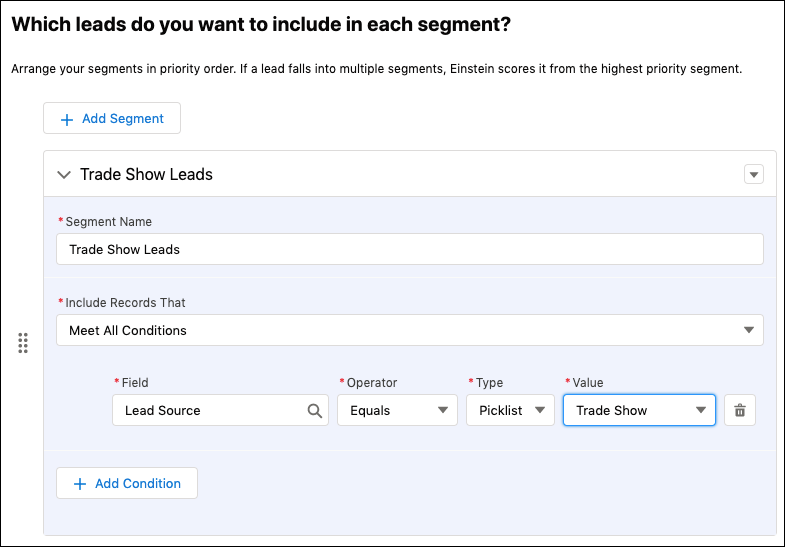
#4: Make Sure Emails Have the Right Dynamic Content
If you’re someone who somehow always has an excessive amount of tabs open at one time, this new feature will allow you to cut that down by a few and give you more confidence in your sends containing dynamic content.
“This one is a killer for me. I typically end up breaking naming conventions by adding (ID) to the end so I can quickly find the dynamic content. This will be great to still easily find without have to disrupt the naming.” – Mike Creuzer
Benefits:
- Avoid the back-and-forth of your QA process.
- View ID numbers on the Dynamic Content list view so you can make sure you have the right merge field in each of your emails.
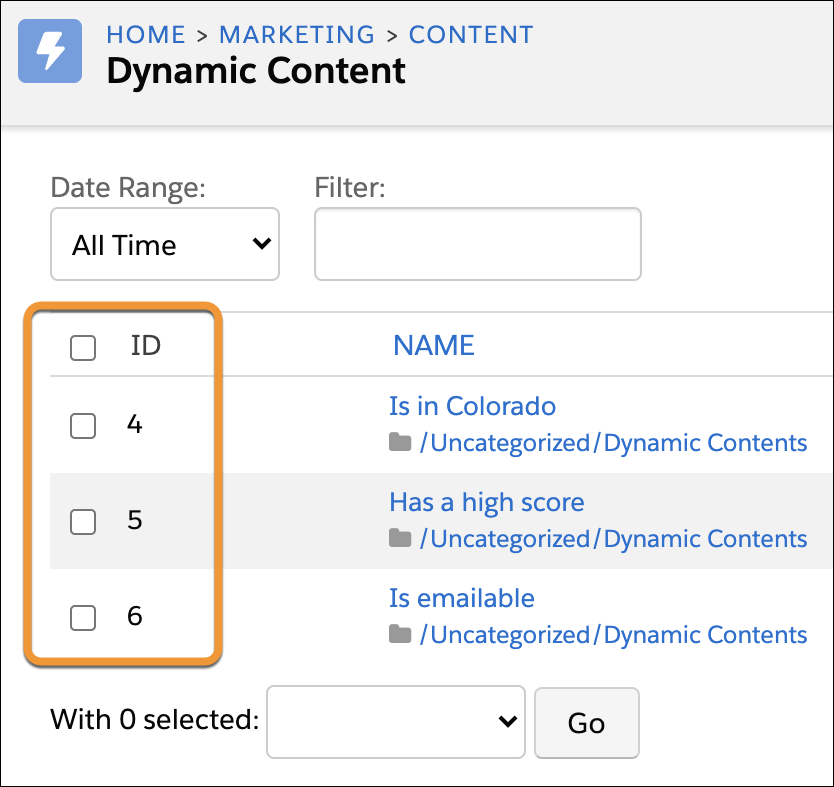
#5: Boost Email Engagement with Einstein Send Time Optimization
Send list emails to individual prospects at their preferred times. Take out the guesswork and elaborate segmentation with Einstein Send Time Optimization. Using Einstein’s machine learning skills, you can be sure your message gets to the right person at the right time.
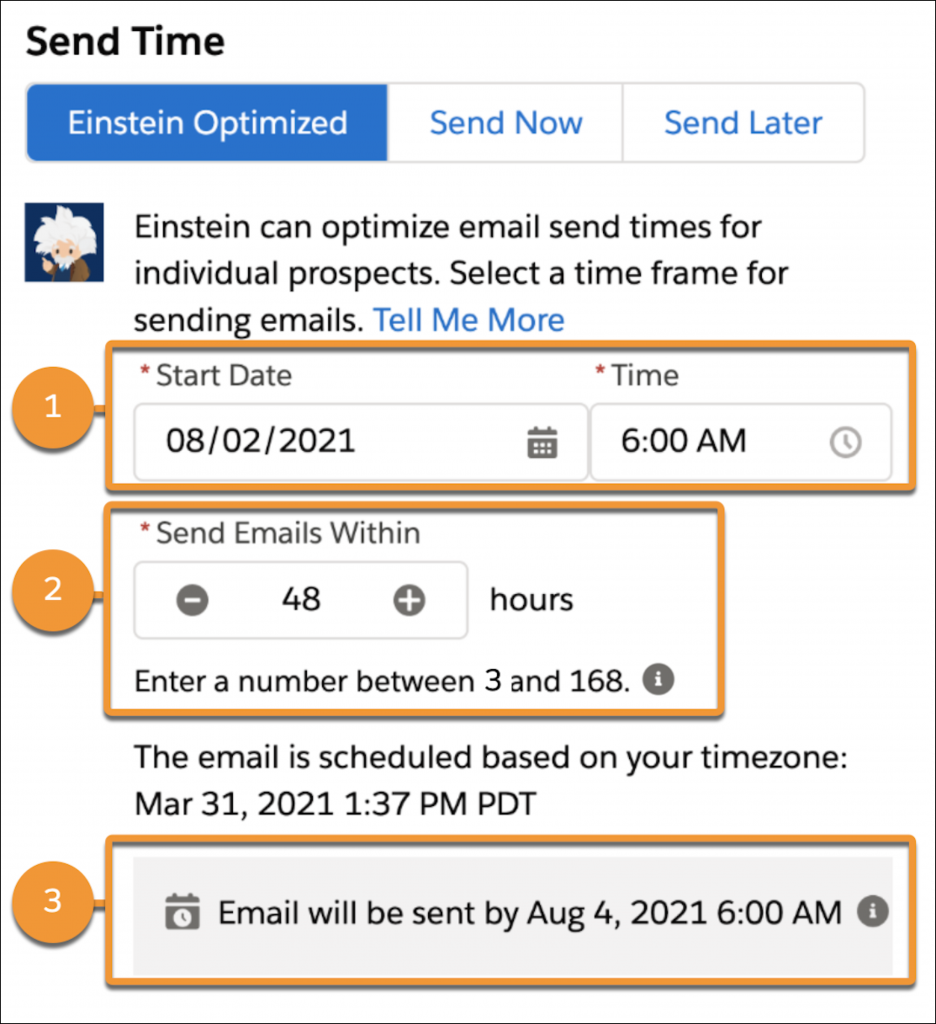
#6: Designate a Marketing Admin to Handle Pardot Setup Tasks
Never worry about giving a user too many permissions. If you’ve been worried about losing control over Pardot administration, this feature of the release was made for you. Stop losing sleep over security concerns and give users access only to what you want them to have access to.
A new user permission makes it easy to designate a marketing admin to handle Pardot setup and management tasks. Assign the new Manage marketing setup tasks permission and the View setup and configuration permission to grant access to all the Pardot configuration options in Salesforce Marketing Setup.
| Old Permissions | New Permissions |
| Required a Pardot Admin & a Salesforce Admin to fully configure Pardot | A single individual (Most likely the Pardot Admin) can be given permissions to configure Pardot from Salesforce without the need to give them full Admin Access in Salesforce |
#7: Get More Clarity and Control on Email Marketing Settings
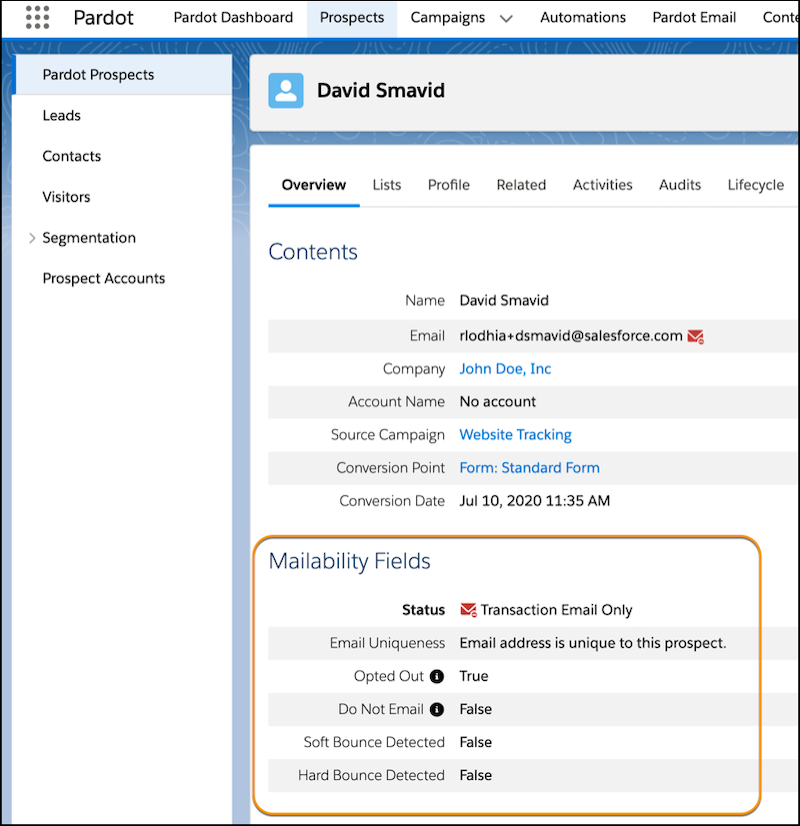
To call this part of the release an upgrade and say that we are “excited about it” would be a huge understatement. Before this was available, it was difficult and time-consuming to see the status of your prospects’ mailability. These settings can be edited in Automation Rules, Engagement Studio, and Prospect Import.
Activate this feature by clicking the “Get Started” button at the top of your dashboard. Just remember that activating it would be permanent, and you should read Salesforce’s considerations when accessing the upgrade.
Doing so will give you a view of your prospects’:
- Overall mailable status
- Do Not Email
- Opted Out settings
- Bounce information
#8: Reporting on Email Messages
Spend less time requesting a useless email log and get more visibility into custom reporting. Previously, you only had access to the email’s delivery status— which is nothing compared to what’s available with this new feature. Now you can see if the customer opened it, when they opened it, bounces, engagement, and more.
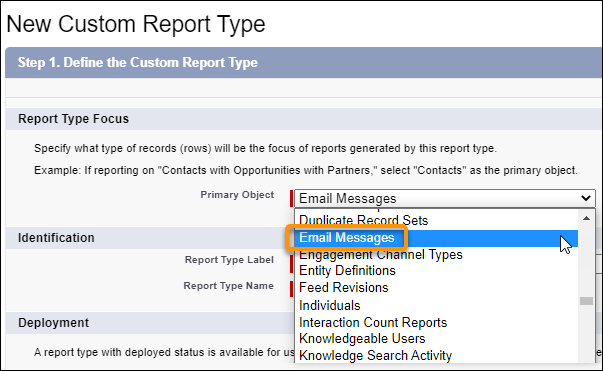
Bonus Platform Features Worth Noting
Inclusive terms are replacing legacy language
As part of Salesforce’s efforts to refine language in their products to more accurately reflect inclusivity, Salesforce is replacing terms deemed non inclusive. Though APIs and older API documentation aren’t included because changing terms in the code can break current implementations, this will allow your messaging to be more inclusive than ever, enabling you to reach a wider audience.
Inline editing of reports
If you have to make changes to records and reports, the previous capabilities might have made that a little tedious to deal with. In recent releases, you have been able to edit records directly in list view. Now, you can do the same thing with reports, saving you unnecessary clicks that bottleneck your workflow.
Enabling this feature is simple. Just go to your Reports and Dashboards Settings and modify the behavior of your interface by checking, “Enable Inline Editing In Reports.”
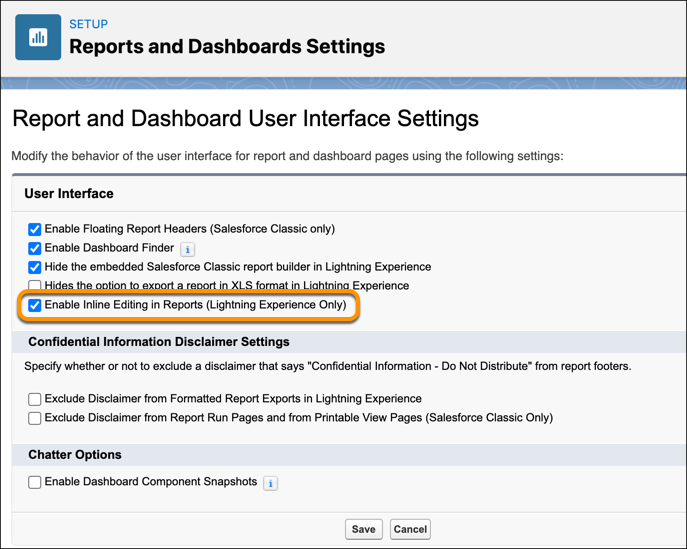
Once you’ve done that, look for the pencil icon, can click it, modify the value, and save. The field value will update on the report and in the source record, and the report reruns automatically.
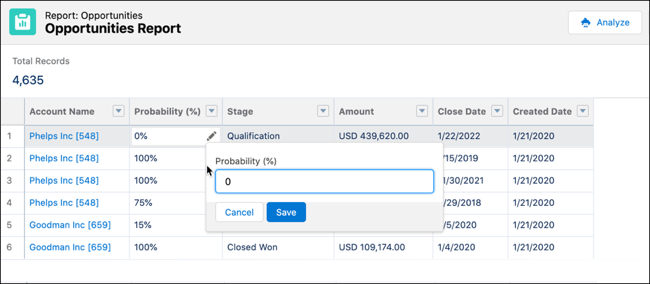
On the Salesforce Radar
It seems that as soon as we’re comfortable with the new features, even more updates are on the calendar. Here’s a couple that any user can be excited about (and will really allow you to take advantage of new Salesforce features).
Sandbox Release
Preview orgs are live now, so if you don’t have one, that should be the first thing you do after reading this! Remember, Sandbox previews are coming, so now is a good time to look at what instance your sandboxes are on and make your plan.
Don’t’ forget to join the Release Readiness Trailblazers group. That’s right, there’s a place for all your questions to get answers and share what you’ve found while testing out new features.
Release Readiness Live (Week of May 21st)
This is a must-attend event. This series of webinars is run by project managers to talk about and demo new features so you can see these new items in action. Ask live questions and get live answers for all the things you’re stuck on.
Now that you’ve seen all the ways you can customize your interface based on your needs as an administrator or consultant, check out the full Release Notes from Salesforce and let us know in the comments what your team is excited to implement! Be sure to stay on top of more updates and to add these up-and-coming deadlines to your calendar:
May 6 Cut off to refresh sandboxes for preview instance
May 7 Summer Preview Window begins
(must have an active sandbox on a preview instance by May 6)
May 17 #LearnMOAR page goes live
May 21 Awesome Admin Release Preview
May 24 – 28 Release Readiness Live Week
June 6 – June 12 Main Release Dates
Need help with implementation or want to get training courses to gain a better understanding of Salesforce release features? Head over to our Pardot & Salesforce training page where you can sign up for mini-courses, become more familiar with Pardot basics, or attend bootcamps.













Stinks that the more exciting aspects to me (lead scoring enhancements, for example) are not included as part of a standard Sales Cloud EE license 🙁